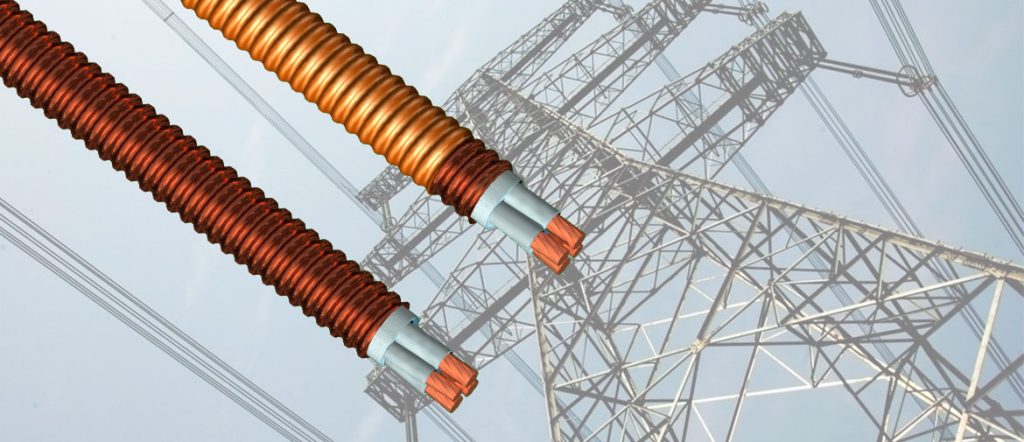Control Cable Termination Best Practices and Techniques for Reliable Connections
Introduction
Control cables play a crucial role in various industries, providing the necessary communication and transmission of signals between different components in a system. Termination of control cables is a critical step in ensuring the reliability and efficiency of the overall system. Proper termination techniques are essential to prevent signal loss, electromagnetic interference, and other issues that can affect the performance of the system. In this article, we will explore the importance of control cable termination, the best practices for termination, and the different techniques used to achieve reliable connections.
Importance of Control Cable Termination
Control cable termination refers to the process of connecting the conductors of a cable to the terminals of a device or component. Proper termination is essential to establish secure and reliable connections that ensure the efficient transmission of signals without any loss or interference. Improper termination can result in signal degradation, signal loss, cross-talk, and other issues that can impact the performance of the system. Therefore, it is crucial to follow best practices and use the right techniques for terminating control cables.
Best Practices for Control Cable Termination
To achieve reliable connections and ensure the optimal performance of a system, it is important to follow best practices for control cable termination. Some of the key best practices include:
1. Use High-Quality Connectors: The quality of the connectors used for termination plays a crucial role in the overall performance of the system. It is important to use high-quality connectors that are designed to provide a secure and reliable connection.
2. Follow Manufacturer Guidelines: Different cables and connectors have specific requirements for termination. It is essential to follow the manufacturer's guidelines and recommendations for termination to ensure proper installation and optimal performance.
3. Proper Cable Preparation: Before termination, it is important to properly prepare the cable by stripping the insulation, arranging the conductors, and ensuring that there are no loose strands or damage to the conductors.
4. Use the Right Tools: Using the right tools for termination is essential to achieve clean and precise connections. Tools such as cable strippers, crimping tools, and soldering irons are commonly used for termination.
5. Secure Connections: It is important to ensure that the connections are secure and properly fastened to prevent any loosening or disconnection over time. Proper strain relief should also be provided to prevent stress on the connections.
6. Test the Connections: After termination, it is crucial to test the connections to ensure that they are functioning correctly and transmitting signals without any issues. Testing can help identify any potential problems and ensure the reliability of the connections.
Techniques for Control Cable Termination
There are several techniques commonly used for control cable termination, depending on the type of cable, connectors, and components involved. Shielded cable for signal integrity of the most common techniques include:
1. Crimping: Crimping is a popular technique for terminating control cables that involves using a crimp tool to compress a metal sleeve or ferrule onto the stripped conductor. This creates a secure connection between the conductor and the terminal of the connector.
2. Soldering: Soldering is another common technique for termination that involves melting solder onto the stripped conductor to create a permanent connection with the terminal of the connector. Soldering provides a strong and reliable connection but requires skill and precision.
3. Insulation Displacement Connection (IDC): IDC is a technique that involves using a specialized connector with sharp blades to pierce the insulation of the cable and make contact with the conductor. This technique is commonly used for terminating flat cables and is quick and easy to implement.

4. Screw Terminal Connection: Screw terminal connections involve securing the stripped conductor to the terminal of the connector using a screw. This technique is simple and easy to implement, making it suitable for a wide range of applications.
5. Compression Connection: Compression connections involve using a compression tool to compress a metal sleeve or ferrule onto the stripped conductor, creating a secure and reliable connection. This technique is commonly used for terminating coaxial cables and other high-frequency applications.
Conclusion
Control cable termination is a critical step in ensuring the reliable performance of systems in various industries. By following best practices and using the right techniques for termination, it is possible to achieve secure and reliable connections that transmit signals efficiently without any loss or interference. Proper cable termination not only enhances the performance of the system but also helps prevent issues such as signal degradation and cross-talk. By understanding the importance of control cable termination and implementing the best practices and techniques discussed in this article, engineers and technicians can ensure the optimal performance of systems that rely on control cables for communication and signal transmission.